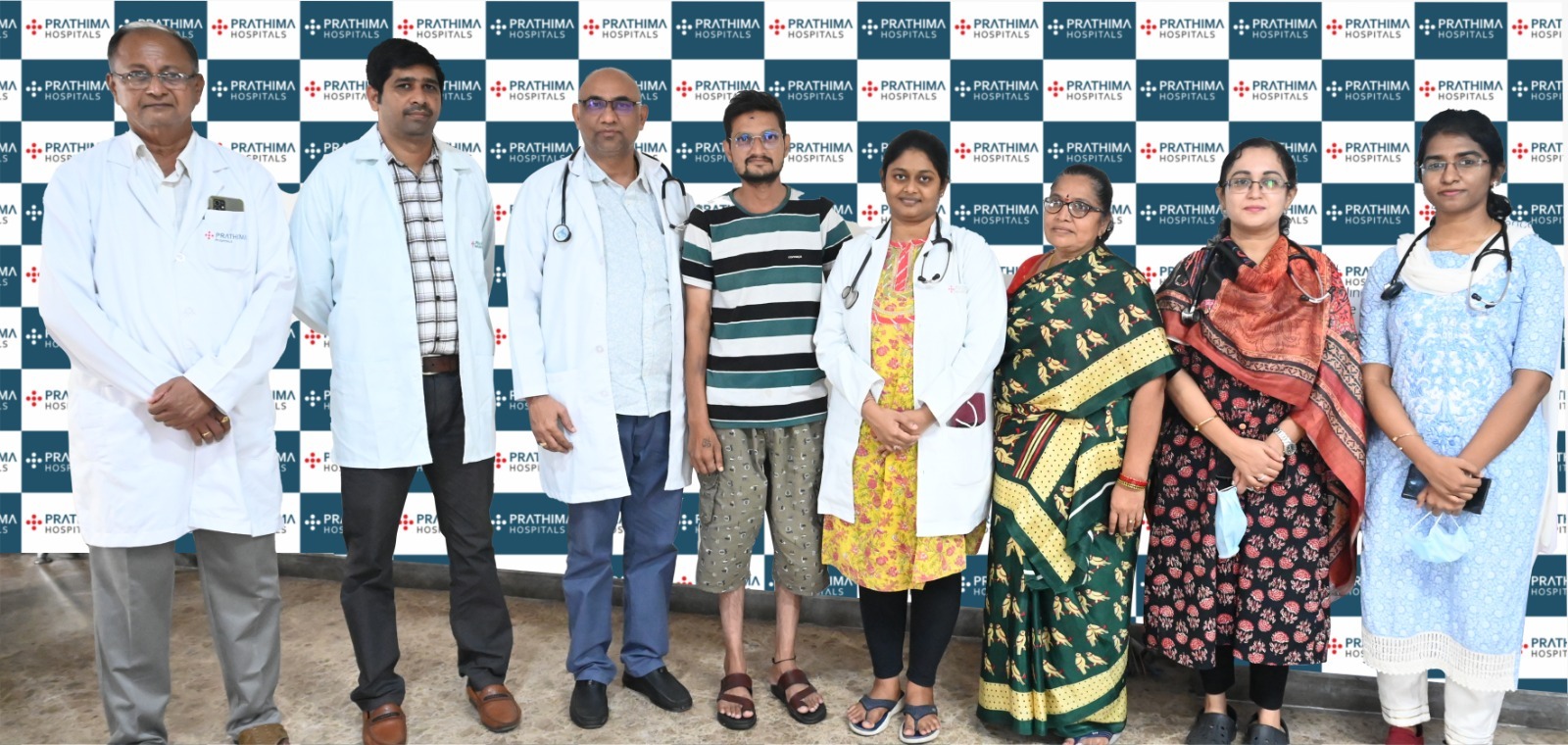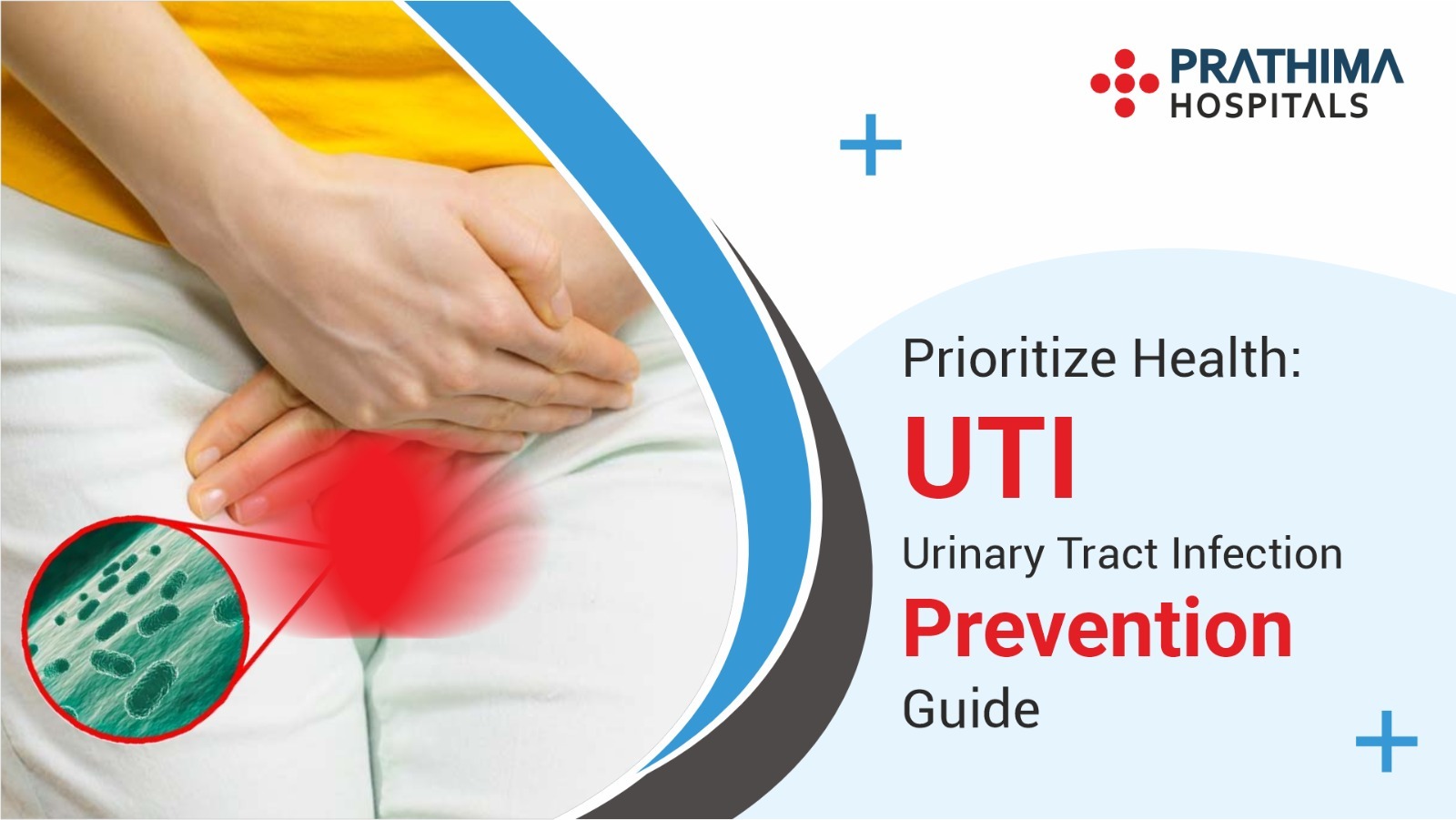Deaths due to heart disease in India: Facts checked

According to a study, a combination of poverty, illiteracy, a lack of access to high-quality care, and smoking may be to blame for India’s high rate of heart disease mortality.
Heart Attack Risks in India
According to a forthcoming study, deaths from heart disease among Indians living in rural areas have surpassed those among Indians living in metropolitan areas. The study, which will be published in the August edition, also raises the possibility that, in contrast to the West, obesity may not be a major cause of these fatalities in India. The study, which offers the first-of-its-kind nationally representative estimates of cardiovascular mortality in India, reveals that over 2.1 million deaths—or more than a quarter of all deaths—were attributable to heart conditions in India in 2015 among all ages. 0.9 million (68.4%) of the 1.3 million cardiovascular deaths in people aged 30-69.
In order to research the causes of fatalities in India using data from nationally representative survey samples, the Registrar General of India (RGI) and worldwide health professionals established the Million Death Study project.
Statistics of Heart Attack Risks in India
The study demonstrates heart attack risks that at the beginning of the century, deaths from coronary heart disease and stroke were more prevalent among urban residents. But since then, the pattern has changed. The age-standardized rate of coronary heart disease-related mortality (per 100,000 person-years) increased by approximately 40% among rural men between 2000 and 2015, but it decreased among urban men. In rural India, the increase for females was over 56%. The 30-69 age ranges in both rural and urban areas are the subject of the investigation.
According to the study, states with high rates of stroke mortality also had low rates of deaths from coronary or ischemic heart disease. The National Family Health Survey (NFHS) data from 2015–16 demonstrate that there is an inverse relationship between obesity and stroke-related fatalities across states for both men and women.
According to the study’s authors, there may be no connection between body mass index (BMI) and heart-related fatalities for heart attack risks in India. According to the study, “A low BMI can paradoxically indicate greater mortality in India for unknown reasons.” Among the possible explanations for the paradoxical increases in cardiovascular mortality in rural India and stroke-related death in eastern
According to data from the National Rural Health Mission, as of March 2017, only 6% of rural India’s primary health centres had more than one doctor on staff. According to the Lancet study, the percentage of coronary heart disease fatalities with a diagnosis of an underlying heart condition increased between 2001 and 2013.
At least half of these people did not regularly take any medications. The proportion of stroke deaths in states with a high burden of stroke also increased, and the majority of these people died without taking any medicine. Heart disease-related mortality are most likely being fueled by a trifecta of factors including poverty, ignorance, and lack of access to appropriate medical guidance.
India also has the world’s fastest-growing economy. Rural-to-urban migration that takes place during times of hardship results in overcrowded and filthy conditions in urban slums. As a result, issues with substandard housing, indoor pollution, infectious diseases, poor diet, stress, and smoking arise.
“To sum up, adopting a heart-healthy diet, an active lifestyle that includes stress management strategies, controlling blood pressure and diabetes, and quitting smoking may all help to lower the risk of developing heart disease.” said by senior interventional cardiologist Dr. Sai Ravishankar
Regular cardiac health checkups can improve the chances of early diagnosis of heart problems. Consulting best cardiologist in Hyderabad for diagnosis and checkup will benefit for identifying symptoms and treatment.




